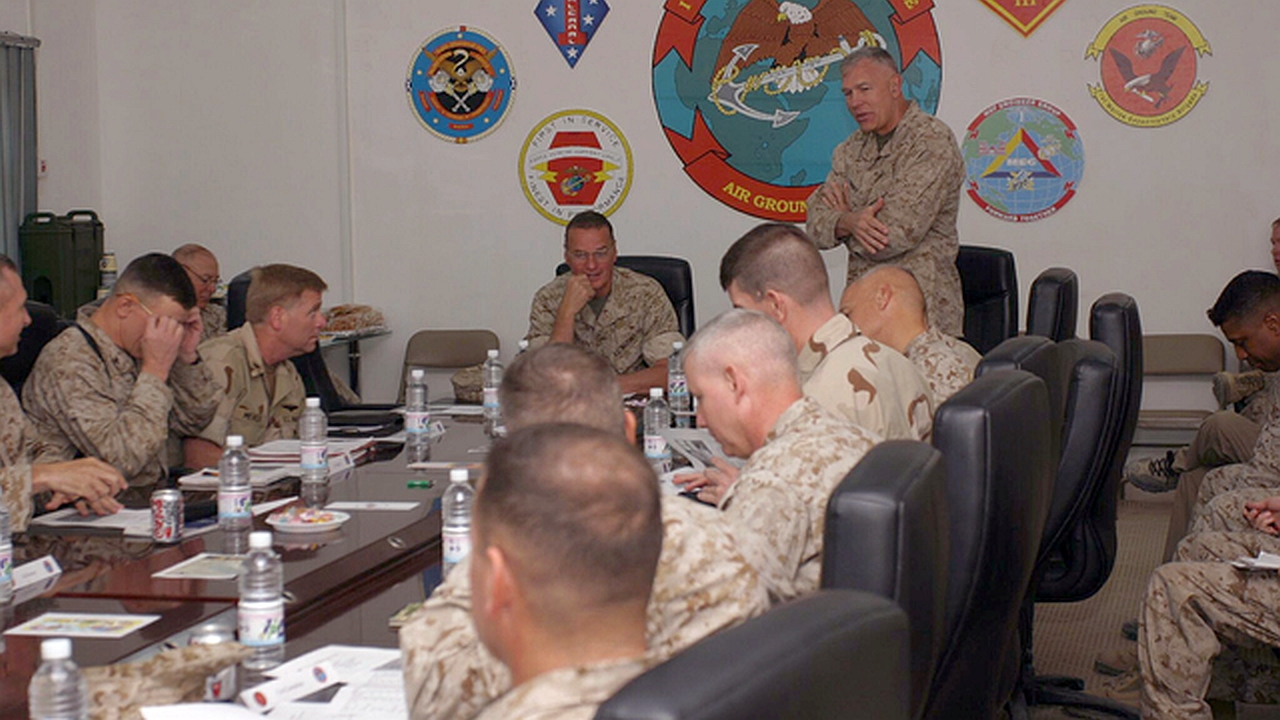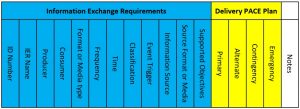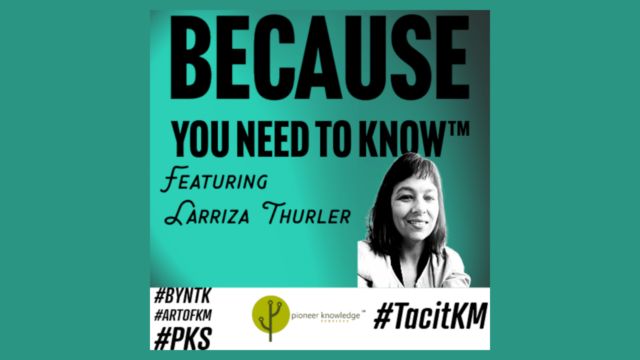
Organization Management Rhythm (part 6.7): Tools – Information Exchange Requirement (IER)
This article is part 6.7 of a series of articles on Organization Management Rhythm.
Information Exchange Requirements (IERs) identify the need for information to pass from one entity to another entity or multiple other entities. These are the products that the staff produce from meetings, products they deliver or use internally, or information they gain from outside the organization. These are all products that can be assigned to one office: when they produced it, and where it is located. Table 1 shows an initial IER matrix based off just 7-Minute Drills.

Primary, alternate, contingency, and emergency (PACE) is important for the delivery of the products the organization and staff consume. It has its roots in the military’s Signal Corp where they provide communication to military leaders. “Primary” is the normal way to get something. “Alternate” is a backup, for example maybe instead of using your email you have to go to a website. “Contingency” may be walking down to sales to get the information. Hopefully you will never have to go to “emergency.” That means you are on the last operational leg of your organization. This will be a text, phone call, or anything else to get the information to you. The most important part of the PACE is practice it at least on a yearly basis. It is better to incorporate this into the disaster preparedness guidelines.
Table 2 is an example of an improved IER. It shows the digital requirements of what is needed as input into the IER along with how it is to be delivered during retrograded operations. This is important to note because the location and the delivery of the information will change depending on what resources are available. A report that is easily accessible on the organization’s portal may not be usable in an emergency operation such as the power being down to a server farm. Along with the outages of the cloud, there can be many emergencies in which a PACE Plan could be used. A physical copy of the calling tree is one such item that would be needed in an emergency type situation. It may have contacts for whom to call if the cloud is down or if the power is out. The IER is a foundational guideline for where the information is stored and how to collect it.

Acknowledgements: Thank you to Tomi Antill, Keith Davis, Elise Keith from Lucid Meetings, JFHQ-C Leadership, and Kendra Albright from Kent State University, without whose support this series would not have been possible.
Header image source: U.S. National Archives, Public Domain.
References:
- Turner, J. A., & Williams, D. E. (2020, October 1). JECC KM Practitioners Training. https://www.jecc.mil/Training/JECC-KM-Practitioners-Training ↩
- Turner, J. A., & Williams, D. E. (2020, October 1). JECC KM Practitioners Training. https://www.jecc.mil/Training/JECC-KM-Practitioners-Training ↩






